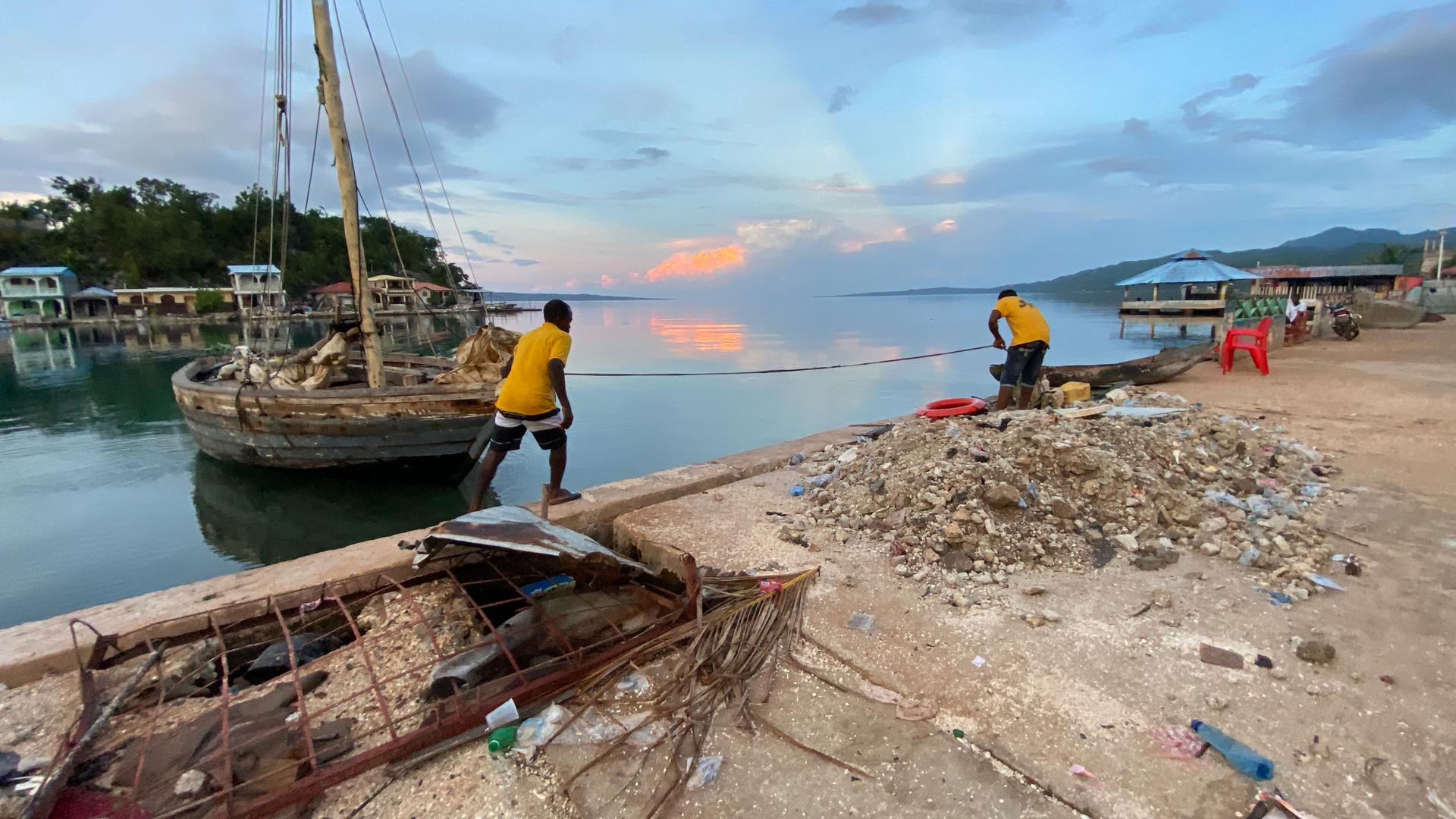It’s been less than two months since thousands of Haitians were encamped under a bridge in Del Rio, Texas, just at the Mexico border. Some migrants were eventually let into the US. But most were deported to Haiti — often having lived away from the country for years.
Related: Meet the trusted guide to Port-au-Prince’s streets
The Biden administration says it had to move fast to deport the large number of Haitians who arrived at the border in September — to deter more from coming. It’s also continuing a pandemic-era health order, called Title 42, that lets border officials automatically turn away migrants and asylum-seekers, no questions asked.
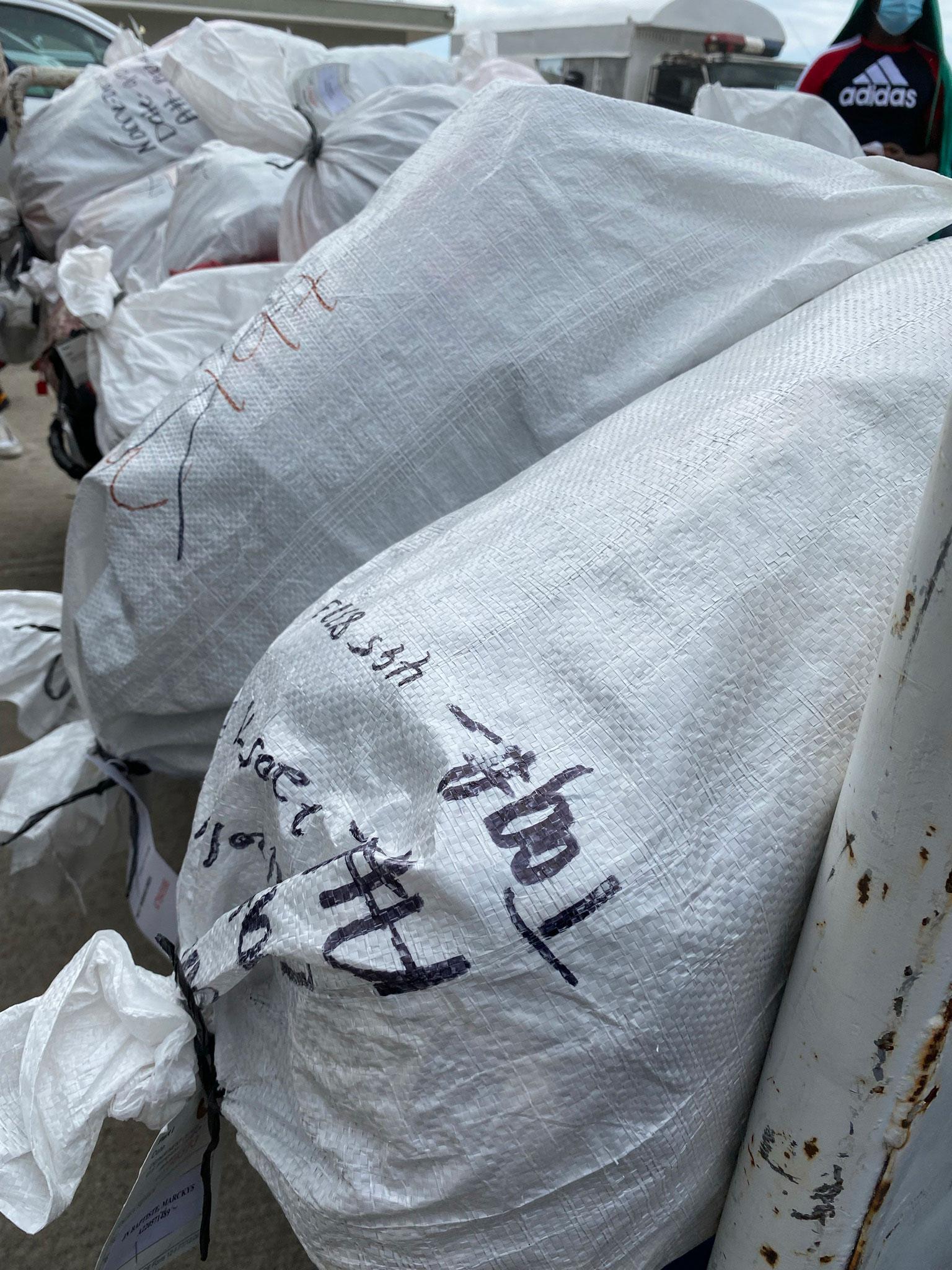
In Haiti, many people are having to start all over again, without anything back at home, while others are still trying to figure out how to reach the US. This includes people like Dessecia and Dianie, who said they were 15 when they left Haiti, and now, at age 19, are among those who were recently deported back. They asked that their full names not be used because they plan on trying to enter the US again.
Related: Haiti’s rival gangs hold a firm grip on fuel supply, testing life at every level
The two lived in Chile for about four years before deciding to migrate to the US in September. At the border, they were taken into custody and held for weeks at a detention facility, where they met, before being put on a deportation flight.
They spoke to The World from the airport in Port-au-Prince, Haiti’s capital, in a makeshift reception area near the tarmac.
“They can’t do this,” Dianie said in Spanish, having learned the language after years in Chile. “We left Haiti years ago and now we’re back?”
“There’s no president, so how can I be sent back to a country where they can murder the president?”
“There’s no president, so how can I be sent back to a country where they can murder the president?” She is referring to Haitian President Jovenel Moïse, who was assassinated in July.
Esthere Thomas was deported about a month ago from the Texas border with her 11-year-old daughter. They also migrated first to Chile, which once allowed Haitians to enter with ease.
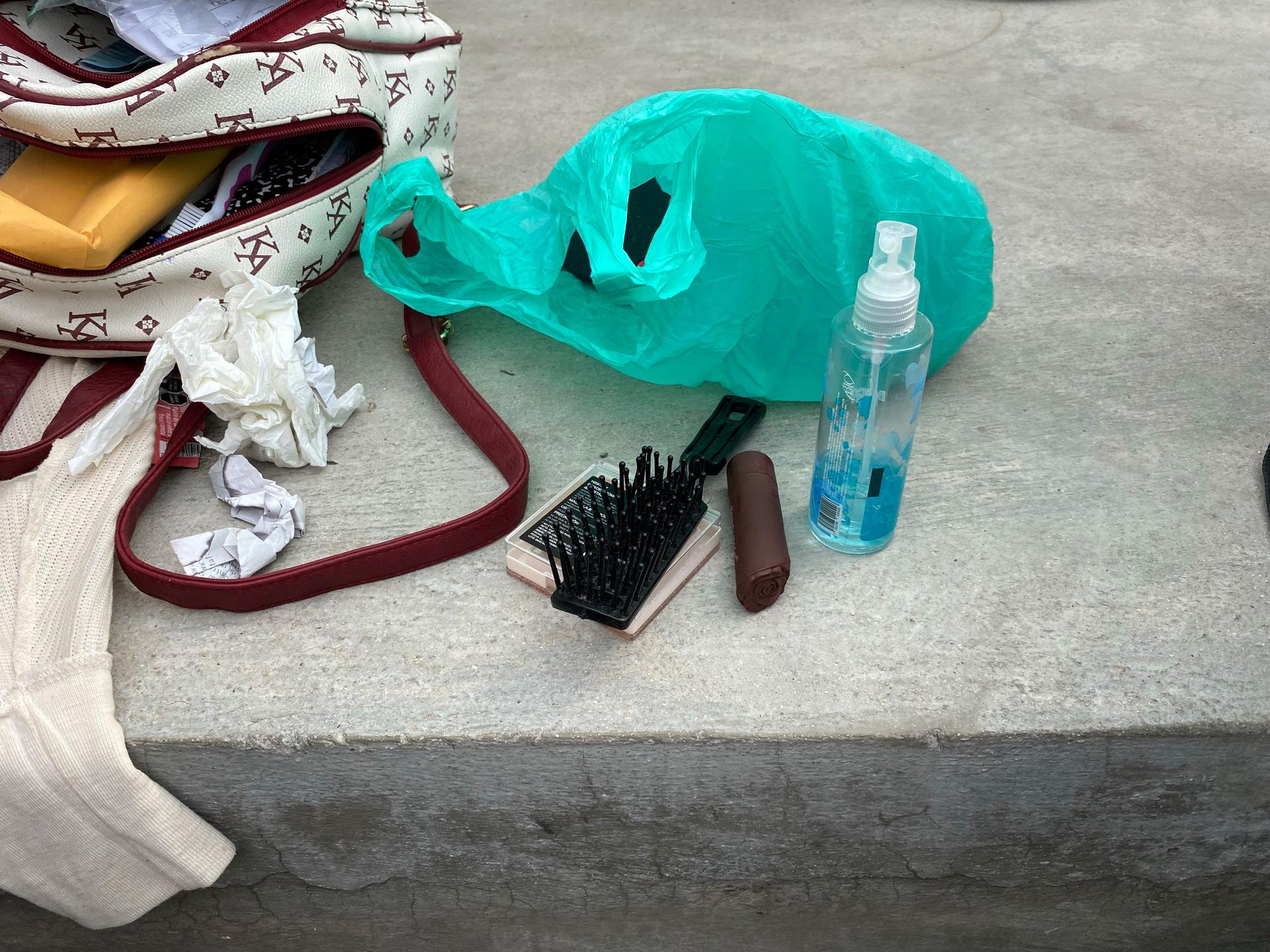
Thomas got by as a housekeeper until Chile’s policies changed and there was a rumor that the Biden administration was allowing all families into the US. She and her daughter trekked thousands of miles from Chile to the US border.
In Honduras, they paid $250 to get smuggled into Guatemala in a truck trailer. She thought they’d be in that cramped space for 10 minutes. It was three hours, she said. “There was hardly any air. We nearly died,” she said.
Still, Thomas said, she would be willing to risk it again.
Related: Writer Edwidge Danticat describes how Haitians respond in times of deep crisis
Many other Haitians said the same thing — they want to escape the deep poverty and extreme violence, including the threat of powerful gangs that now rule parts of the country and are behind a rise in kidnappings. Plus, the country is still reeling from the damage caused by an earthquake that ravaged the island on the morning of Aug. 14.

Trying to leave Haiti by boat
(To hear the second part of this story, click the audio player above.)
Some people are trying to reach the US by boat, and embark on dangerous journeys from several points in Haiti, including near the town of Pestel, on Haiti’s southern peninsula.
Jean-Robert Leger said that he has tried reaching Florida three times, including this year after the August earthquake that devastated Pestel.
Leger knows the risks, and that boats can sink or capsize, causing people to vanish underwater.
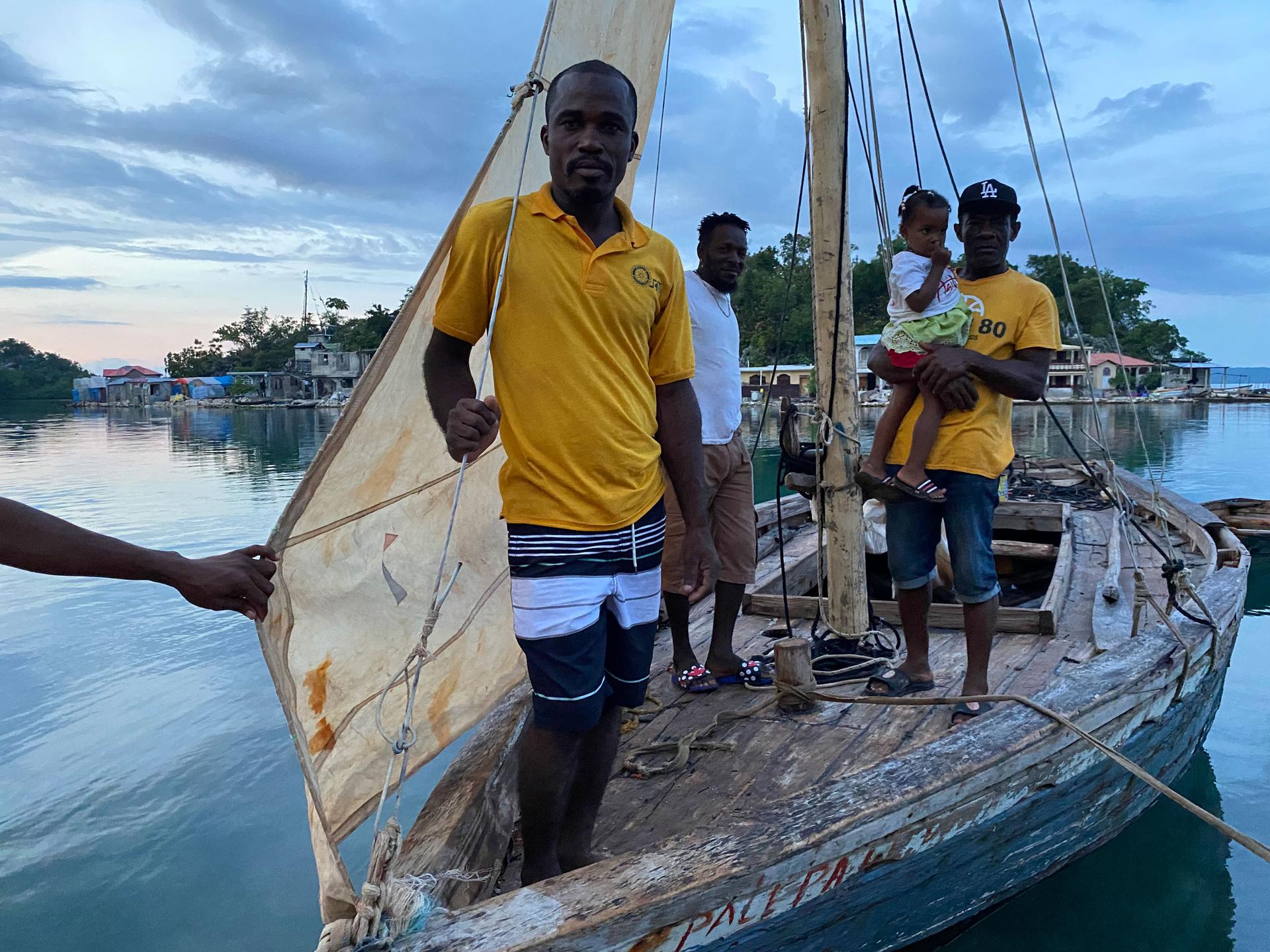
The last time Leger tried to sail away from Haiti, he said that he was on a boat crammed with 103 people. After six days at sea with little food or water, they got close to Florida. But then, the US Coast Guard stopped them.
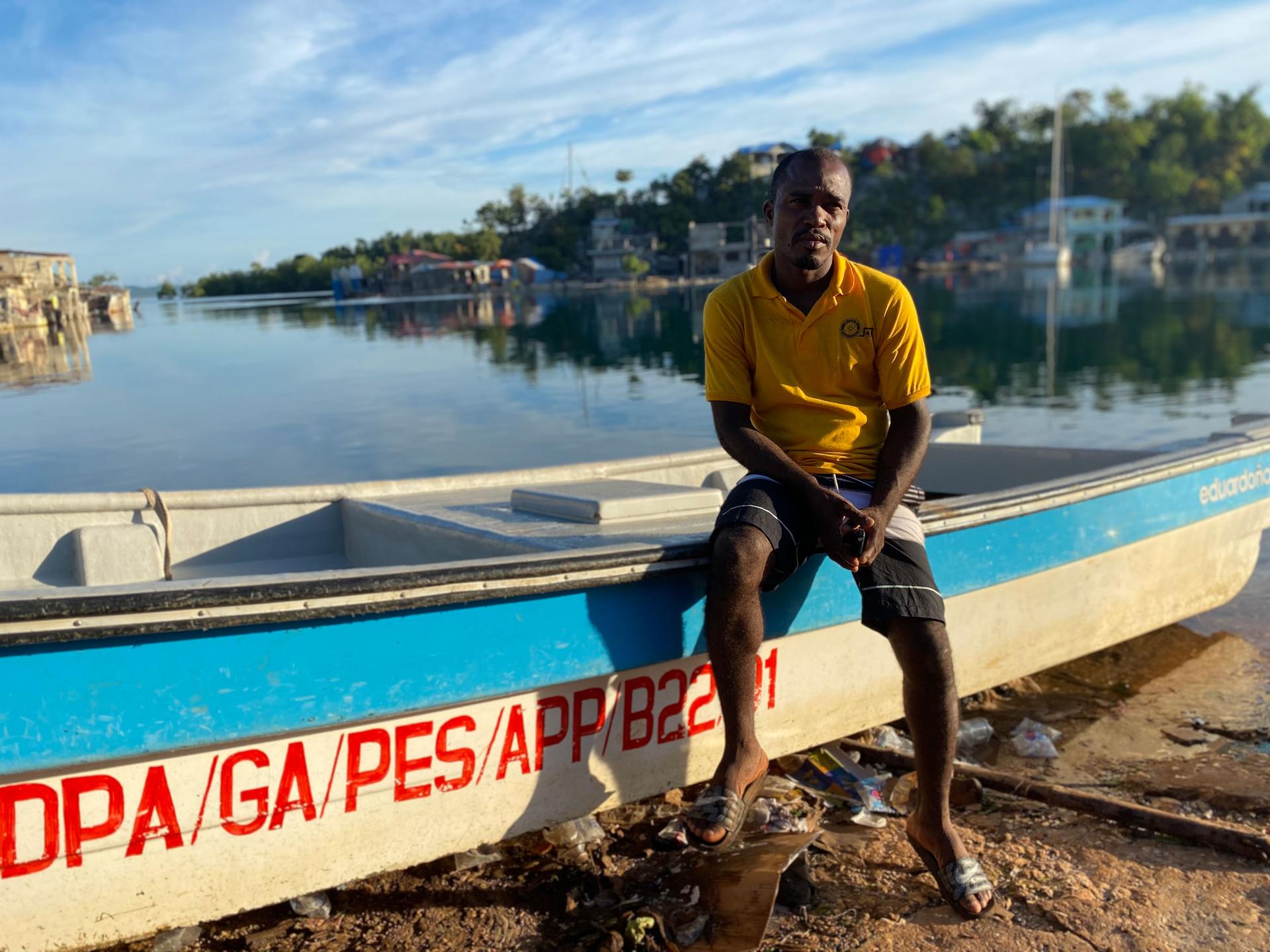
Although the number of Haitians migrating by sea is far less than those who traveled by land to the US-Mexico border in September, there’s been a clear rise, according to Brendon McPherson, a Coast Guard commander for the district that covers the southeastern US and the Caribbean. It is not a mass migration scenario — at least not yet, McPherson said.
However, in just one recent example, the US Coast Guard intercepted a 35-foot boat with more than 100 Haitians aboard.
“Our intent is to provide a clear overt presence to deter those types of departures. … And if they do occur, we want to intercept them as close to the Haitian shore as possible, simply to ensure that there is no loss of life.”
“Our intent is to provide a clear overt presence to deter those types of departures,” McPherson said. “And if they do occur, we want to intercept them as close to the Haitian shore as possible, simply to ensure that there is no loss of life.”
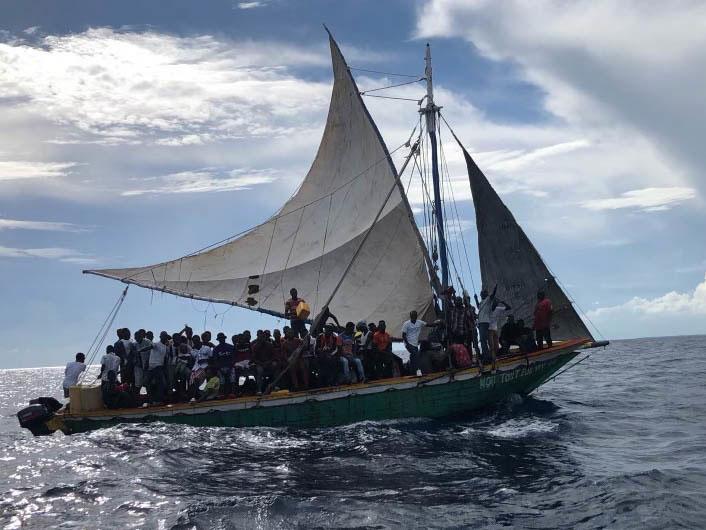
He has seen firsthand how dangerous the at-sea journey can become.
“The vessels, due to their overloaded state, are incredibly unstable. I’ve been alongside one of these vessels on a Coast Guard cutter where the boat literally sank right underneath their feet. And we found ourselves with 150 to 200 people in the water,” he said.
For many here, the goal is to reach the US mainland, but boats might first reach other lands, including the Bahamas, Cuba or Puerto Rico. It’s an uncertain voyage and, wherever they may land, Haitians are often intercepted and turned back.
